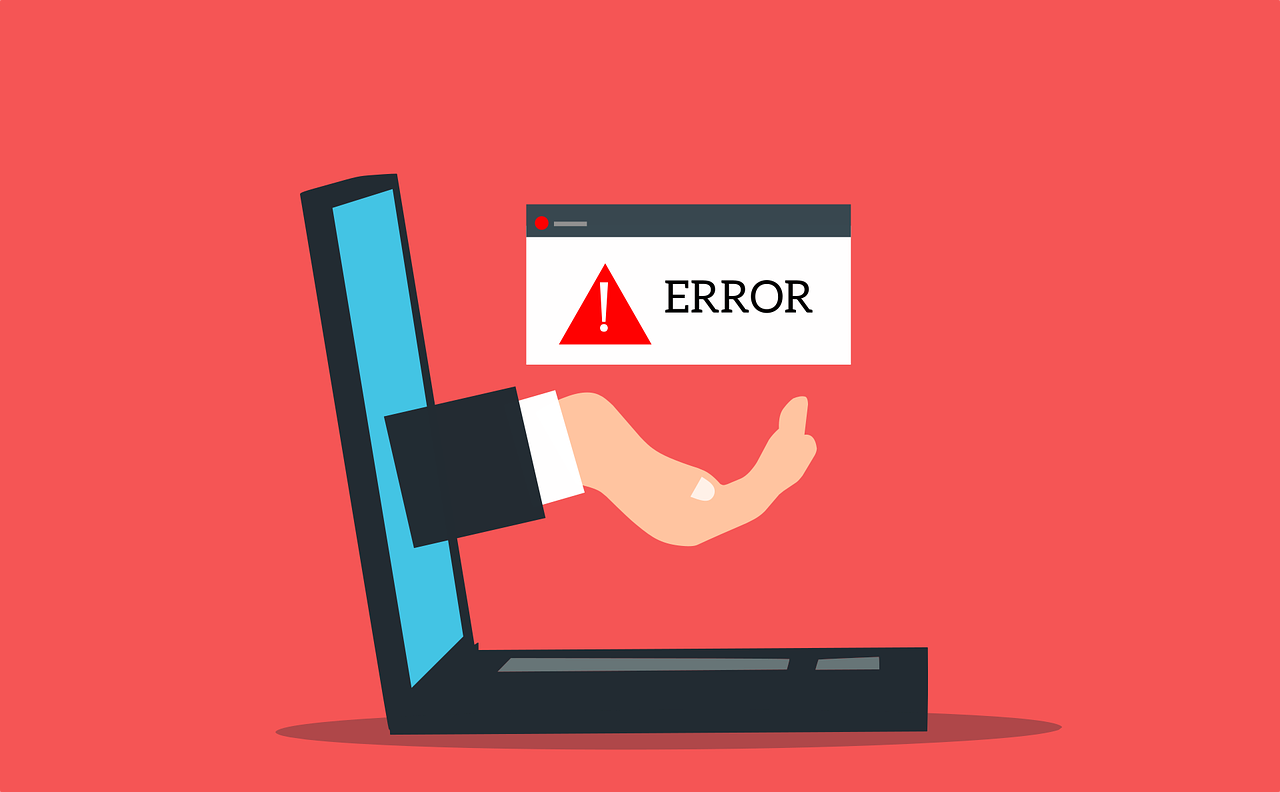Amazon EC2 (Elastic Compute Cloud) is a scalable cloud service that enables users to create and manage virtual servers. However, when connecting to an EC2 instance, users frequently encounter error messages that can be frustrating. In this article, we will look at the most common EC2 connection errors, their causes, and how to resolve them.
1. Permission Denied (Public Key) Error
This error occurs when the private key used to connect to the EC2 instance does not correspond to the public key configured on the instance. It is usually caused by incorrect or missing key pairs.
Permission denied (publickey).Solution:
- Verify the key pair: Double-check that you are using the correct ‘.pem’ file that corresponds to the EC2 instance’s public key.
- Check file permissions (Linux/MacOS): The private key file must have limited access (read-only for the owner).
chmod 400 your-key.pem- Ensure public key is configured on the instance: You can add the correct public key to the `~/.ssh/authorized_keys` file of the EC2 instance.
2. Unprotected Private Key File Error
This error happens when the permissions on your private key file are too open, making it accessible to others on the system. SSH refuses to use a private key that is not properly secured.
Error :
WARNING: UNPROTECTED PRIVATE KEY FILE!
Permissions for 'your-key.pem' are too open.Solution:
- Adjust file permissions (Linux/MacOS):
chmod 400 your-key.pem- For Windows: Make sure the key file is not accessible to others by checking the file’s properties and restricting permissions.
3. Connection Timeout Error
This error occurs when the SSH connection to the EC2 instance times out, often due to network issues, security group misconfigurations, or incorrect instance IP addresses.
Error:
ssh: connect to host ec2-xxx-xxx-xxx-xxx.compute.amazonaws.com port 22: Connection timed outSolution:
- Check Security Group settings: Ensure that your EC2 instance’s security group allows inbound traffic on port 22 (SSH). Add a rule like the following in your security group: Type: SSH Port: 22 Source: Your IP (or 0.0.0.0/0 for global access, though not recommended)
- Check Elastic IP/Public IP: Ensure you are using the correct public IP or Elastic IP assigned to the instance.
- Check Network ACLs: Verify that your VPC’s network ACLs allow inbound and outbound traffic on port 22.
4. Host Key Verification Failed
This occurs when the host key of the EC2 instance has changed, which usually happens if the instance was stopped, restarted, or its IP address has changed.
Error:
Warning: Remote host identification has changed!Solution:
- Remove old host key: You can remove the old key by editing the ~/.ssh/known_hosts file or using the following command:
ssh-keygen -R "your-instance-ip"- Re-add host key: Once the old key is removed, try reconnecting. SSH will prompt you to add the new key.
5. Connection Refused Error
The EC2 instance is refusing the connection. This often happens if the SSH service is not running, or if firewall or security group settings are blocking the connection.
Error:
ssh: connect to host ec2-xxx-xxx-xxx-xxx.compute.amazonaws.com port 22: Connection refusedSolution:
- Check SSH service: Ensure that the SSH service is running on the EC2 instance. If not, you can start it:
sudo service ssh start- Review Security Group settings: Ensure that port 22 is open and properly configured to allow inbound connections.
- Check firewall rules: Verify that the instance’s internal firewall (e.g. ufw on Ubuntu) isn’t blocking SSH connections.
6. Error: Connection Reset by Peer
This error may occur due to many reasons, such as incorrect security group rules, instance overload, or firewall issues.
Error:
ssh_exchange_identification: read: Connection reset by peerSolution:
- Check Security Groups and Network ACLs: Verify the rules in your security groups and network ACLs, ensuring that inbound and outbound traffic on port 22 is allowed.
- Instance health check: Ensure your instance is healthy and not overloaded. Check system logs for any signs of high CPU or memory usage.
- Verify host-based firewall: Ensure that any firewall running on the EC2 instance (e.g., iptables, ufw) isn’t blocking incoming SSH traffic.
Conclusion
Connecting to an EC2 instance can sometimes be tricky, especially when facing errors. Understanding the root cause and knowing how to resolve these common issues can save you a lot of time. The key points include ensuring that your key pair is correctly configured, security groups are properly set, and the instance’s services are running.
With these solutions, you should be able to resolve the most common connection errors and connect to your EC2 instances seamlessly.

It is very valuable information